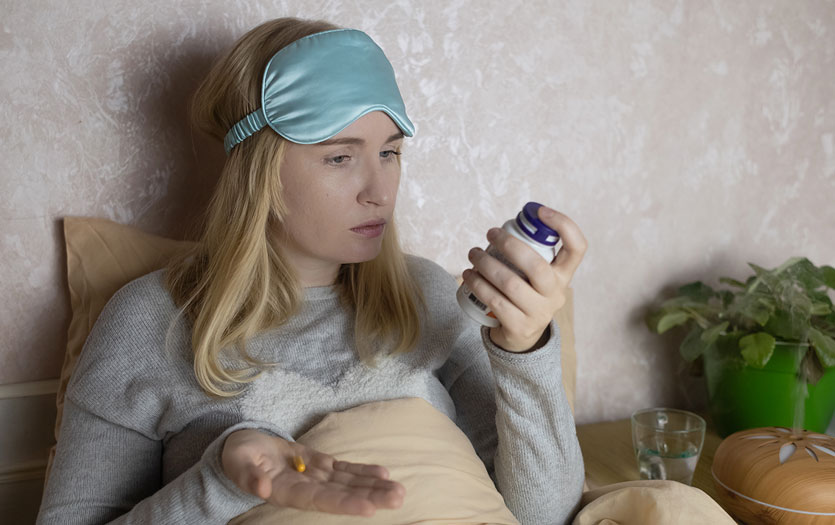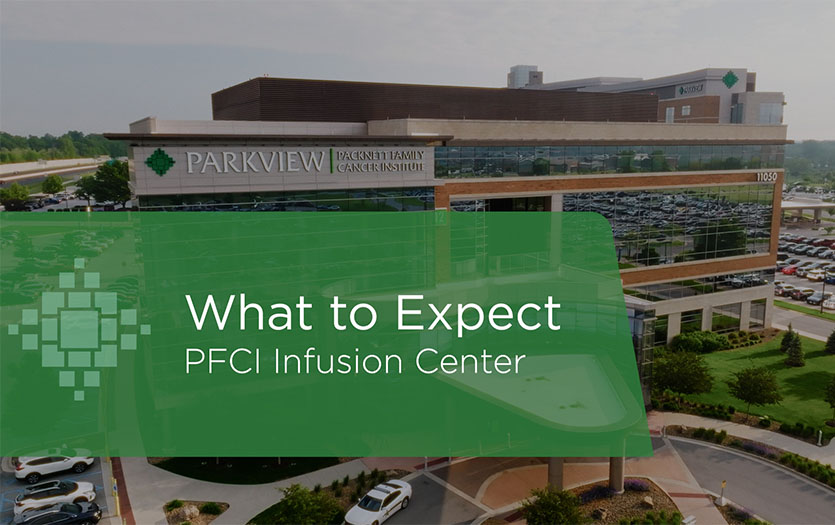Sadie Pyle, RN, Surgical Trauma ICU, was out running errands when she received the call that no partner wants to get. “We were grocery shopping, and I got a FaceTime from my husband’s co-worker,” she recalled. “She explained everything that happened and said that Shea was being sent to the ER. So, I left my cart full of groceries and headed right up to Parkview [Regional Medical Center].”
“I am an exercise physiologist,” Shea said. “I work in the cardiac rehab department at Parkview.” As an otherwise healthy man in his late 20s, who has devoted nearly a decade to helping others recover from cardiac events, it never occurred to Shea to have concerns about his own heart health. “I went to the gym a few times a week and thought I was in good health.”
His view changed in September 2024. “About two hours into my shift, I started to feel a little funny. My vision started blurring in my left eye, and when I sat down to do some paperwork, everything was spinning. I leaned over to one of my co-workers and said, ‘I think I'm going to pass out.’” Shea’s co-workers immediately took him down to the Emergency Department.
To Shea’s horror, his symptoms worsened once he reached the ER. “I felt a heaviness on the left side of my face,” he recalled. “My lips were drooping down and my tongue started going numb. That was really the first time that I started to think that this might be more serious than I had first thought.”
As a nurse in the Surgical Trauma ICU, Sadie was familiar with the stroke-like symptoms Shea was displaying. “We see all stroke patients at Parkview, so it felt very close to home. I was kind of in shock that this was happening to my husband,” she said. “The first couple days we were there, I was more in nurse mode than wife mode. It was hard, looking at the monitor and knowing what all those numbers meant. In that moment, I just wished I had no medical background. I think that in that case, ignorance would have been bliss.” Sadie had to relinquish control to the people she served alongside in her professional role. “I really had to take a step back and trust my co-workers and really put faith into them. Without them, who knows where we would be right now.”
Establishing a treatment plan
“When we first saw Shea, neurologists and cardiologists were already involved,” Douglas Gray, MD, PPG – Cardiovascular Surgery, said. “Dr. [Dustin] Thomas from cardiology performed an echo that demonstrated two findings. One was a septal defect in his heart that typically is present from birth. And a second issue where he had a small filamentous lesion coming off of his aorta, called a Lambl's excrescences. The initial treatment for both these issues is usually non-surgical.”
Shea’s care team placed him on blood thinners to treat his condition, but he developed additional symptoms. The specialists involved in his case agreed surgery was the best course of action.
“When we started talking about open-heart surgery, I was so nervous,” Sadie said. “I didn't know what to expect. It was a very different world for me.”
Shea shared the same sentiment. “I mean, I deal with open-heart surgeries at work every day. It's very different when it's happening to you.”
Surprisingly, as the surgical team opened Shea’s chest to perform surgery, the aortic lesion was gone. His septal defect, however, was worse than anticipated. Shea had multiple defects, which the surgical team was able to repair using another piece of his heart, the pericardium.
Focused on recovery
The outcome was incredibly positive. “He has no long-term ill effects,” Dr. Gray said. “It doesn't get any better than that. I think the takeaway lesson here is no matter how young and healthy you feel you are, if you're having something atypical, you can develop irreversible problems with your brain or your heart by ignoring symptoms.”
Dr. Gray encourages anyone who notices symptoms of a stroke or cardiac event to pursue a medical evaluation immediately. Swift intervention is critical when dealing with the major organs and functions of the body.
Following a few post-op setbacks, and his own stint in cardiac rehab, Shea is finding his footing again. “I just feel so lucky that I am still here,” he said. “I have two young children and a wife and family. I'm so thankful to Parkview and all my doctors and nurses and the entire Parkview staff. I'm just so blessed and thankful.”
When Sadie looks back on that time, the dates and details are somewhat of a blur, and rightfully so. The couple had just moved into a new home, welcomed their second little one and had their eyes toward the future when the universe threw them this curveball. “I feel like we've lived a lot of life in the last six months,” she said. With the help and support of family and friends, the Pyles persevered, but the kindness of those close to them is something Sadie still reflects on often. “I was supposed to return to work from my maternity leave, so my manager sent out a PTO request to my unit. People donated enough PTO for me to have an additional month off to be home with my husband and our two kids.” The gesture still moves her to tears. “That just goes to show how great they all are. It was nice to have my Parkview family there.”



